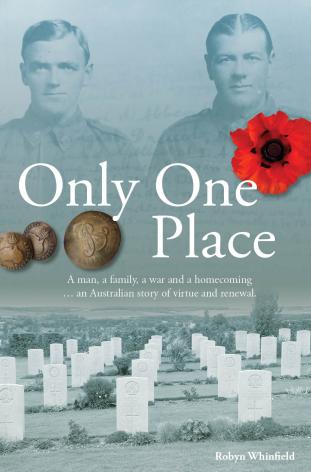In the last few years a group of dedicated authors have published annotated transcriptions of diaries and letters of soldier who served in the First World War. In every case, these books have added a valuable contribution to our understanding of that war. They provide valuable material for researchers and for future generations. Some of the transcriptions have been very good indeed – others much less so. This book is clearly in the first category.

Paperback 398pp RRP: $30.00
It is always difficult for those without direct military experience to understand – indeed, translate – the experiences of the Great War. What do all those acronyms, abbreviations and slang terms mean? Is a brigade bigger than a battalion or company? What’s a troop? Is it an army or a regimental number? These issues and a legion of others can cause misinterpretations and difficulties. Then there’s geography. Where are all those places mentioned in the text? How can we show them on maps? Then there’s the question of context. Who is our soldier? Where was he born and raised and what do he do before enlistment? What happened during the gaps in diaries and correspondence? What was the larger result of battles he was engaged in at his level?
Perhaps the most important inclusions are an index and a list of references. These make a transcription so much more usable and useful to readers. The perception that some have that these items are difficult to achieve or even unnecessary is to be greatly regretted.
‘Proper’ publication is a must. The law requires deposit copies for national libraries and an ISBN (International Standard Book Number). There are good reasons for these requirements.
As you may gather, these characteristics make up my checklist for whether a book is good or otherwise. Robyn Whinfield’s book meets all my criteria. In telling Horace’s story in 1917-1918 as a soldier in the 60th Battalion she has done us all a great service. Buy a copy when you have a chance!
Reviewed for RUSIV by Mike O’Brien, February 2019
Contact Royal United Services Institute about this article.






